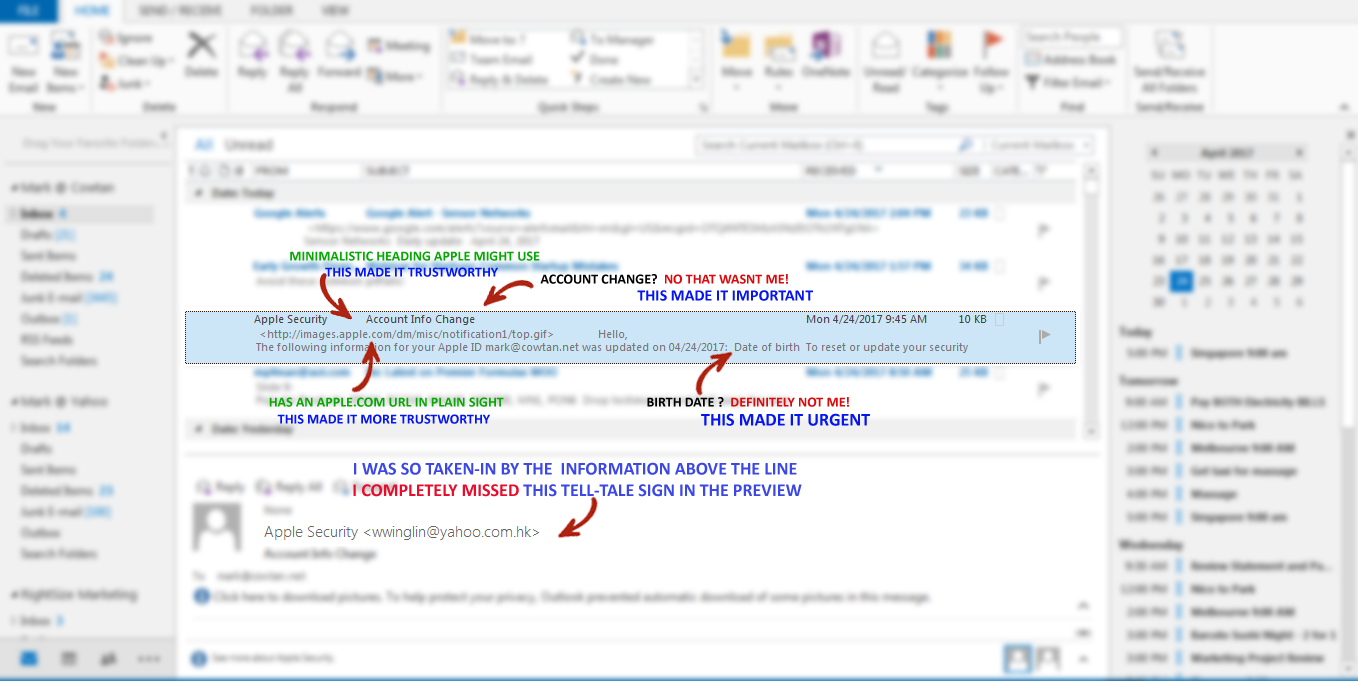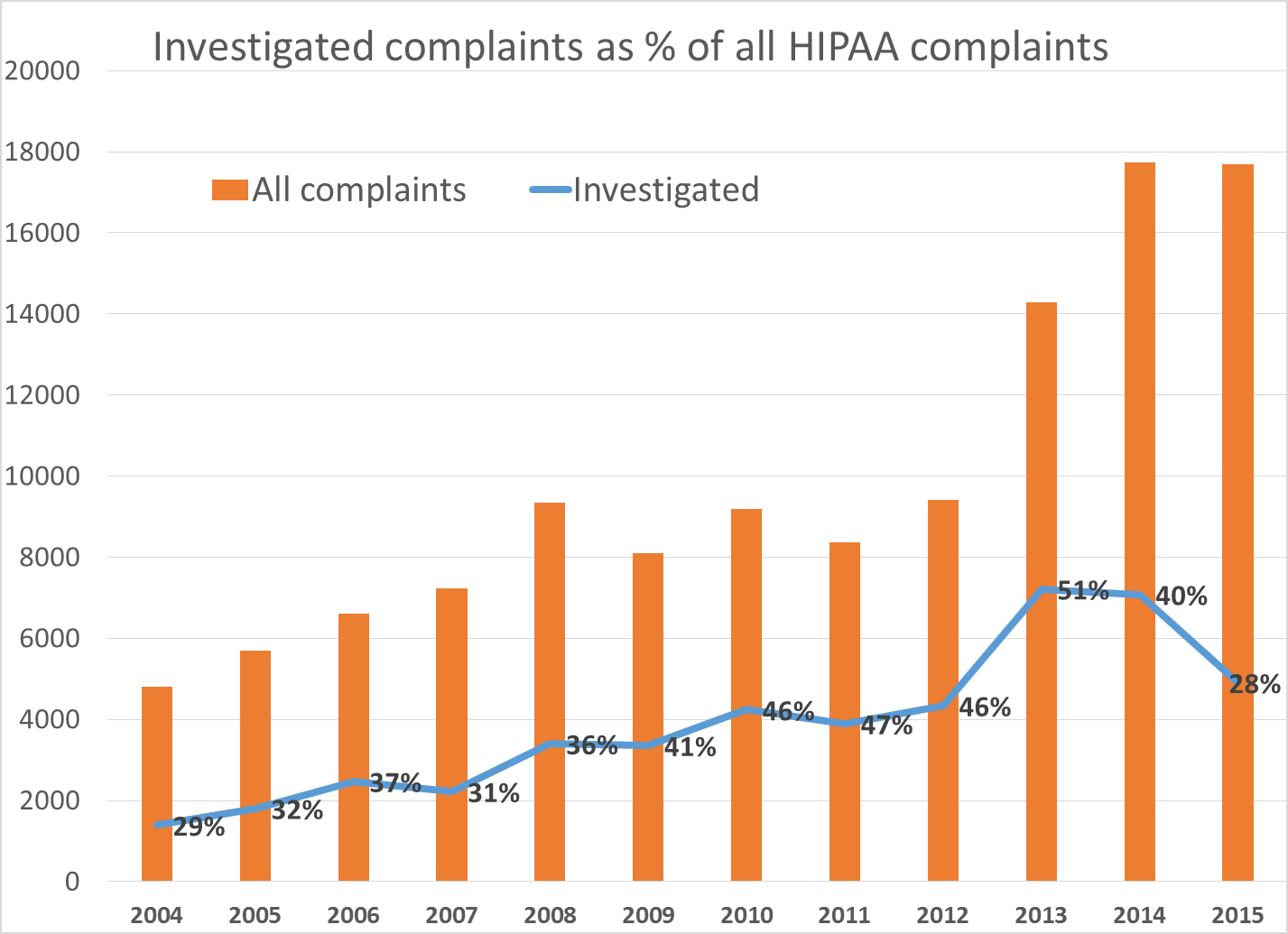If you pay any attention to the virus software on your PC, you may have noticed that it downloads updates frequently, at least weekly, often at much shorter intervals. New threats appear almost every day in one dimension or another, viruses targeting desktops, others specifically for Android devices, and still more targeted at network devices and web-applications.
Symantec, McCafee and others in the anti-virus business want you to get patches as soon as they are available, so they force your PC or mobile device to check for updates every time you power-on the device. The reason – Antivirus provider Kaspersky Lab claims their software uncovers around 323,000 new malware files (usually variants of known viruses) daily. Whether that’s the truth, an inflated number or merely semantics, you can certainly trust that at least one brand new original virus comes hits the scene every day. Independent researchers routinely report in the order of 150 new viruses targeting Android and iOS devices every quarter.
Here’s a few top-level data breach statistics courtesy of the Breach Level Index
Click on the image to learn more about how the Breach Level Index is compiled
While the anti-virus software vendors do an excellent job distributing new signature files to subscriber’s devices the same is not true for your network equipment. Surprisingly few network equipment vendors provide on-the-fly automatic updates for their network equipment. This is especially true for older equipment. That puts the onus on you.
With most solutions, especially mid-tier and low-end solutions you have to do this manually. Unfortunately that means if you don’t put some discipline and routine around the task, little distractions, like your Day Job, stop you from doing it. Each day you delay, is another day your business is exposed and at risk.
New exploits, or Zero day exploits as they are known, get publicized rapidly in the Hacker community, because everyone knows they are a sure thing for a while, until the security experts figure out a countermeasure to thwart it, and get that solution distributed into the field.
Hackers know there’s a lag of a few day, sometimes much longer, during which they can be certain of success, provided they direct their attack to the right type of setup which exhibits the vulnerability the exploit is designed to abuse.
So lets return to the question in the article title. What vintage is your network security?
Don’t know? That’s a problem. If it is not updated automatically that’s a problem too!
Contact us for a free audit to know where you stand, and inject some discipline into network security.






